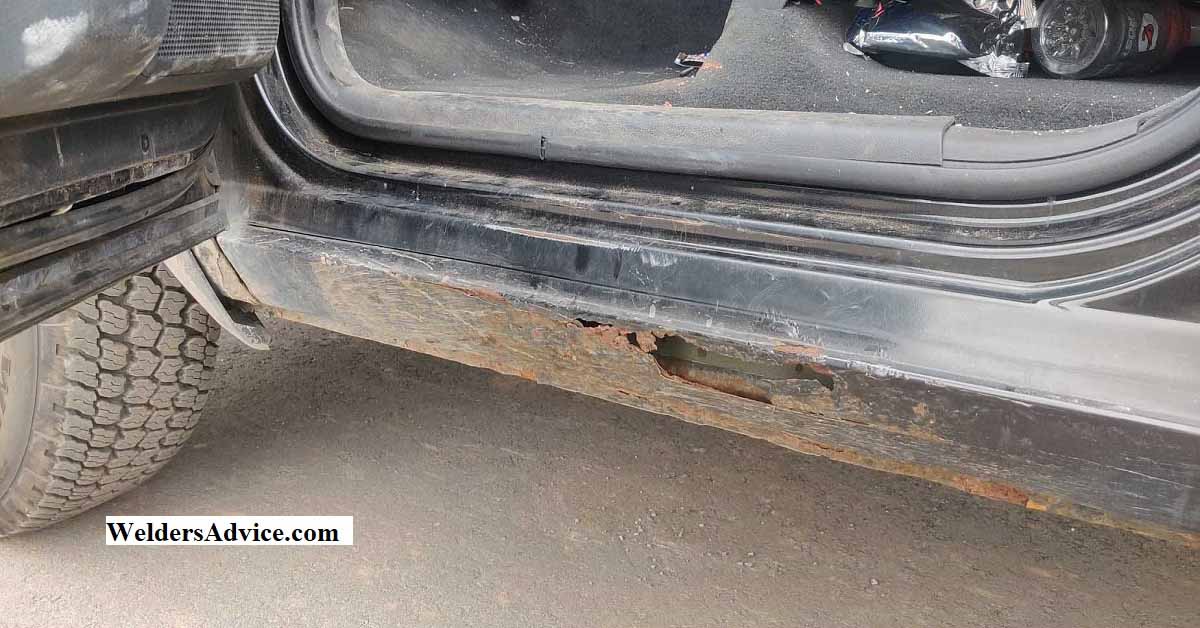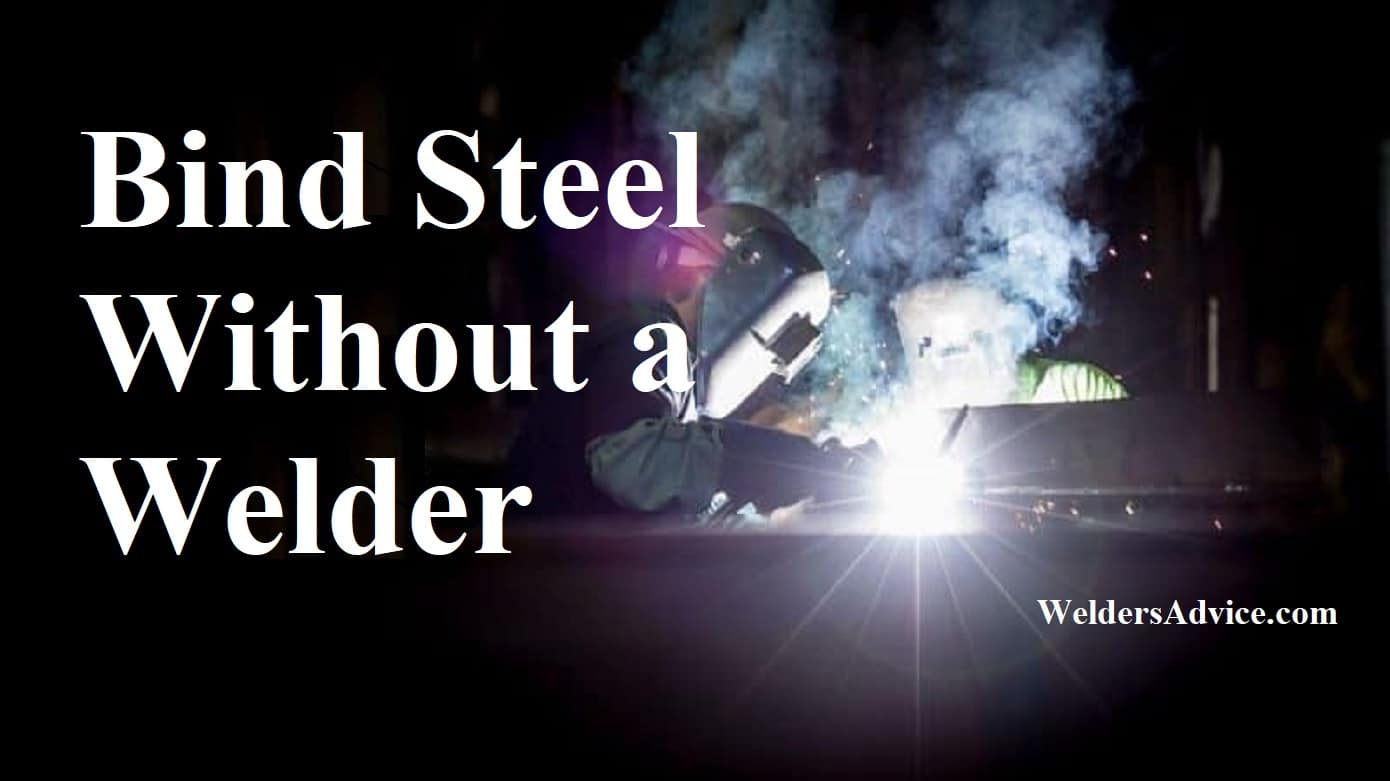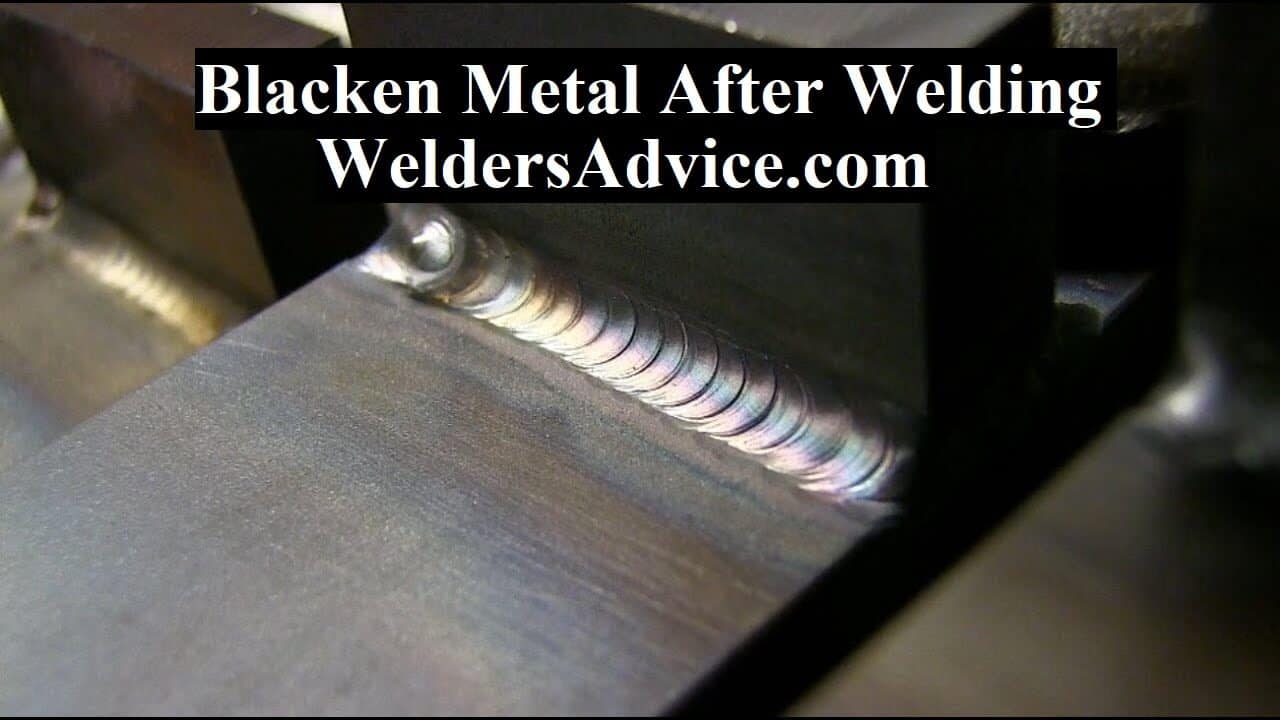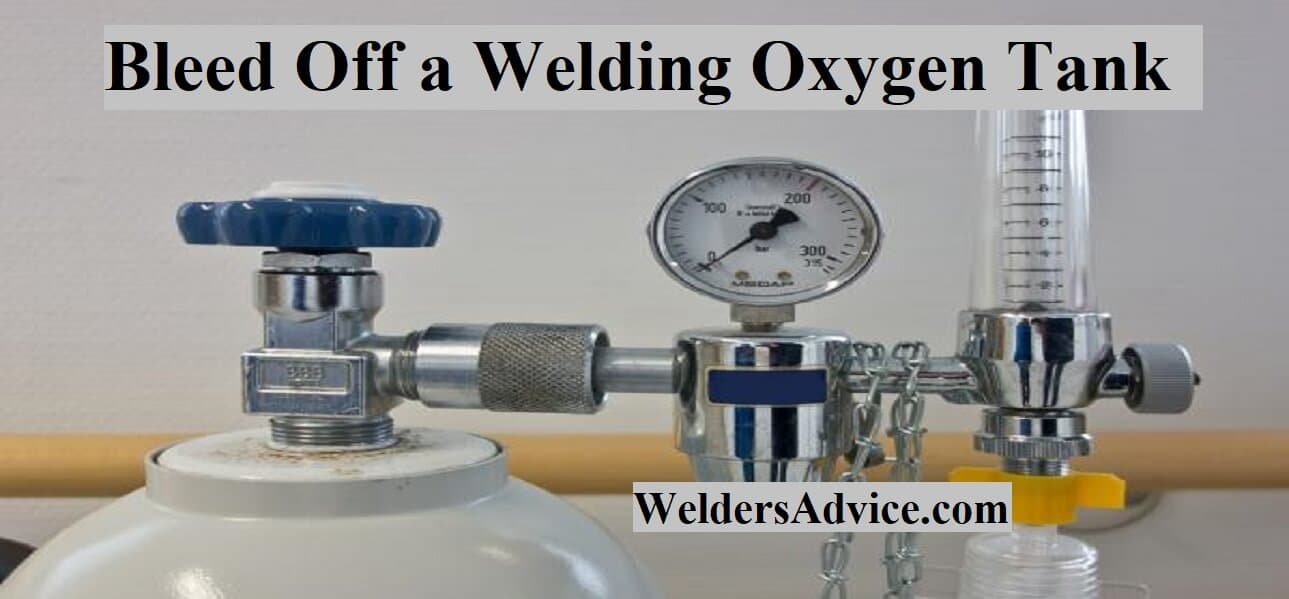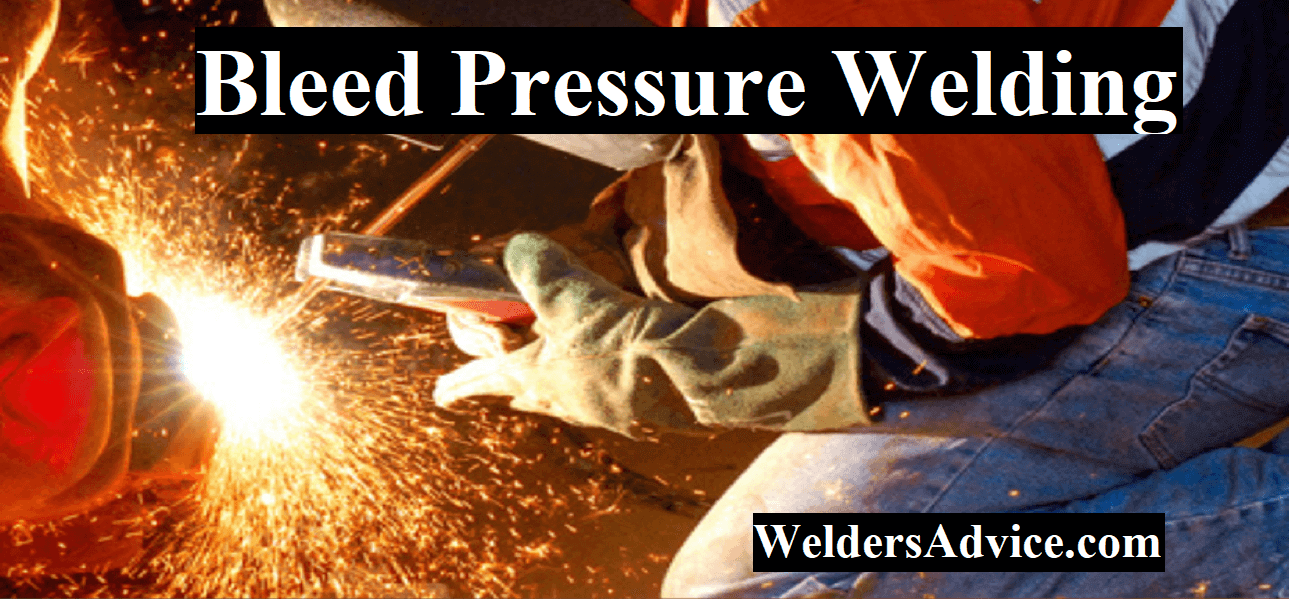In our welding workshop, so many people come to know how to replace rocker panels without welding. They run along the bottom of the doors and provide support to the vehicle’s body. Rocker panels are an essential part of your vehicle’s structure and protect against road debris and rust.
- How to Replace Rocker Panels Without Welding
- Tools and Materials Needed
- Assess the Damage and Prepare for the Replacement
- Remove the Damaged Rocker Panels and Clean the Area
- Fit the New Rocker Panels and Secure Them in Place
- Seal and Finish the Replacement
- Test and Inspec the Replacement
- Traditional Methods of Replacing Rocker Panels
- Alternatives to Welding for Rocker Panel Replacement
- Tips and Tricks for a Successful Rocker Panel Replacement
- Prepare the vehicle
- Select the right replacement panel
- Follow manufacturer guidelines
- Take time for proper alignment
- Use proper safety equipment
- Test the replacement
- Why Does Damage to rocker panels Happen?
- Frequently Asked Questions About Rocker Panel Replacement Without Welding
- Benefits of Replacing Rocker Panels Without Welding
- Final Thoughts
How to Replace Rocker Panels Without Welding
Over time, rocker panels can corrode and weaken, leading to structural damage and safety concerns. While welding is a common method to replace rocker panels, it requires specific equipment, skills, and safety measures. Fortunately, there are alternative ways to replace rocker panels without welding, and in this article, we’ll guide you through the process step-by-step.
Tools and Materials Needed
To replace the rocker panels without welding, you’ll need the following tools and materials:
- New rocker panels (either OEM or aftermarket)
- Panel adhesive or double-sided tape
- Drill and drill bits
- Screws and bolts
- Rubber mallet
- Pry bar or trim removal tool
- Wire brush and sandpaper
- Rust converter or rust remover
- Paint and clear coat (optional)
Assess the Damage and Prepare for the Replacement
Before you start the replacement process, you need to assess the extent of the damage and prepare the necessary tools and materials. Start by inspecting the rocker panels and surrounding areas for signs of rust, corrosion, and structural damage. If the damage is severe or affects the structural integrity of the vehicle, it’s best to consult a professional mechanic or body shop. If the damage is minor or localized, you can proceed with the replacement process.
Remove the Damaged Rocker Panels and Clean the Area
Once you’ve assessed the damage and prepared the necessary tools and materials, you can start removing the damaged rocker panels. Start by removing the plastic trim or moldings that cover the rocker panels, using a pry bar or trim removal tool. Then, use a drill and drill bits to remove the screws and bolts that secure the rocker panels in place. Be careful not to damage the surrounding areas or electrical components.
After removing the damaged rocker panels, use a wire brush and sandpaper to clean the area and remove any rust or debris. Then, apply a rust converter or rust remover to prevent further corrosion and prepare the surface for the replacement.
Fit the New Rocker Panels and Secure Them in Place
Once the area is clean and prepared, you can start fitting the new rocker panels. Use a rubber mallet to gently tap the panels into place, ensuring a snug fit. Then, apply panel adhesive or double-sided tape to the back of the panels, following the manufacturer’s instructions.
Secure the panels in place by drilling new holes and inserting screws and bolts. Make sure to use the appropriate size and type of fasteners and tighten them evenly. You can also use clamps or vise grips to hold the panels in place while the adhesive dries.
Seal and Finish the Replacement
After securing the new rocker panels in place, you need to seal and finish the replacement. Apply a sealant or undercoating to the seams and edges of the panels to prevent water and debris from entering. Then, apply paint and a clear coat to match the color and finish of the vehicle, if desired.
Test and Inspec the Replacement
Once the replacement is complete, it’s essential to test and inspect the new rocker panels for proper fit and structural integrity. Start by checking the alignment and gaps between the panels and the surrounding areas. Then, test the strength and stability of the replacement by pushing and pulling on the panels and checking for any movement or flexing. Finally, take the vehicle for a test drive and listen for any rattling or unusual noise.
Traditional Methods of Replacing Rocker Panels
Traditionally, rocker panels are replaced through a process called welding. This method involves removing the damaged or corroded panel and replacing it with a new one through the use of specialized welding equipment. However, welding can be a time-consuming and expensive process that requires specific training and expertise.
Welding has been the preferred method for rocker panel replacement due to the strength and durability of the bond it creates between the new panel and the vehicle’s body. This process also provides a seamless and long-lasting finish, which is essential in maintaining the structural integrity of the vehicle.
However, welding has certain drawbacks. It can generate heat and sparks that can damage the vehicle’s paint or other components, and it may cause warping or distortion of the metal, resulting in an uneven finish. Moreover, welding can be challenging to perform on particular types of vehicles or in hard-to-reach areas.
Despite these limitations, welding remains the standard practice for rocker panel replacement due to its robust and durable results. Nevertheless, in certain situations where welding may not be possible or practical, there are alternative methods available that can be utilized.
Alternatives to Welding for Rocker Panel Replacement
While welding is the most commonly used method for replacing rocker panels, alternative methods are available that may be more practical or cost-effective in certain situations. These methods do not require welding and can still provide a secure and long-lasting solution for replacing rocker panels.
Adhesive bonding
One such alternative method is adhesive bonding, which involves attaching the new rocker panel to the vehicle’s body using a high-strength adhesive. Compared to welding, adhesive bonding is faster and does not require specialized equipment. However, it is important to ensure that the adhesive used is of high quality and suitable for the application to ensure a strong bond.
Mechanical fastening
Another alternative method is mechanical fastening, which involves using bolts, screws, or other fasteners to attach the new rocker panel to the vehicle’s body. Mechanical fasteners are easy to install and do not require any special equipment or training. However, they may not provide as strong of a bond as welding or adhesive bonding and may require periodic maintenance to ensure they remain secure.
Structural adhesive
Panel bonding is another process that involves using a structural adhesive to bond the new rocker panel to the vehicle’s body. Panel bonding is a high-strength alternative that can create a strong bond between the panel and the vehicle’s body. This method may require specialized equipment and may take longer to complete than mechanical fastening or adhesive bonding, but it provides a long-lasting solution for rocker panel replacement.
When choosing an alternative method for rocker panel replacement, it is important to consider the cost, time, and level of expertise required for each option. It is also crucial to ensure that the method chosen will provide a secure and long-lasting solution that maintains the structural integrity of the vehicle.
Tips and Tricks for a Successful Rocker Panel Replacement
Replacing the rocker panels of a vehicle is a crucial task in maintaining its structural integrity, but it can be a challenging process. Whether using traditional welding methods or alternative methods, the following tips and tricks can help ensure a successful replacement:
Prepare the vehicle
Before beginning the replacement process, it’s essential to clean and prep the vehicle thoroughly. This involves removing any rust or debris from the affected area and covering nearby components or parts to prevent damage.
Select the right replacement panel
Choosing the appropriate replacement panel is crucial for a successful replacement. Ensure you choose a panel that’s designed for your specific vehicle make and model and fits securely in place. Also, consider the material and quality of the panel to ensure a long-lasting solution.
Follow manufacturer guidelines
If using an alternative method like adhesive bonding or mechanical fastening, follow the manufacturer’s guidelines carefully. Using the wrong adhesive or fastener can compromise the integrity of the replacement and potentially cause safety hazards.
Take time for proper alignment
Proper alignment is critical for a successful replacement, regardless of the method used. Take the time to ensure that the new panel is correctly aligned before attaching it to the vehicle’s body.
Use proper safety equipment
Whether welding or using alternative methods, it’s vital to use proper safety equipment, including gloves, eye protection, and respiratory protection if necessary. Additionally, ensure that any welding or cutting equipment is well-maintained and in good working condition.
Test the replacement
After completing the replacement, it’s important to test the new panel thoroughly. Check for proper alignment and ensure that the replacement is securely attached to the vehicle’s body.
By following these tips and tricks, you can ensure a successful and long-lasting rocker panel replacement that maintains the structural integrity and safety of your vehicle.
Why Does Damage to rocker panels Happen?
Rocker panels can sustain damage due to various factors, such as:
Rust: Rocker panels are prone to rust, particularly in regions with high humidity or road salt. The rust can erode the metal, resulting in holes or structural damage.
Impact: Rocker panels can suffer dents, scratches, or structural damage from collisions with rocks, debris, or other vehicles.
Corrosion: Corrosion can take place when the metal is exposed to chemicals or substances, such as salt or acidic compounds, causing the metal to weaken and become vulnerable to damage.
Wear and Tear: Over time, rocker panels may become worn or damaged due to regular use and exposure to environmental factors. This can include scratches, dents, and other types of damage.
Poor Maintenance: Failure to maintain the vehicle properly can also lead to damage to the rocker panels. Dirt, debris, and moisture can accumulate in the area, contributing to rust and other forms of damage over time.
You May Also Like:
Frequently Asked Questions About Rocker Panel Replacement Without Welding
Here are some frequently asked questions about replacing rocker panels without welding:
What are the alternatives to welding for replacing rocker panels?
There are several alternatives to welding for replacing rocker panels, including adhesive bonding, mechanical fastening, and panel bonding.
What is adhesive bonding?
Adhesive bonding involves attaching the new rocker panel to the vehicle’s body using a high-strength adhesive.
What are mechanical fasteners?
Mechanical fasteners are bolts, screws, or other fasteners used to attach the new rocker panel to the vehicle’s body.
What is panel bonding?
Panel bonding involves using a structural adhesive to bond the new rocker panel to the vehicle’s body.
Do these alternative methods provide a secure and long-lasting solution?
Yes, these alternative methods can provide a secure and long-lasting solution for replacing rocker panels, as long as they are done correctly and the appropriate materials are used.
Can I replace my rocker panels without welding if I have little experience in auto repair?
It is possible to replace rocker panels without welding with little experience in auto repair, but it is important to follow instructions carefully and take the necessary safety precautions.
Is it necessary to remove the old rocker panel before installing a new one?
Yes, it is necessary to remove the old rocker panel before installing a new one, regardless of the replacement method used.
How long does it take to replace rocker panels without welding?
The time it takes to replace rocker panels without welding varies depending on the replacement method used, the extent of the damage, and the level of experience of the person performing the replacement.
How much does it cost to replace rocker panels without welding?
The cost of replacing rocker panels without welding vary depending on the replacement method used, the cost of materials, and the level of experience of the person performing the replacement.
Benefits of Replacing Rocker Panels Without Welding
Replacing rocker panels without welding has several benefits over traditional welding methods, including:
Time-Saving
Replacing rocker panels without welding can be completed more quickly than welding. This is because it does not require cutting or welding, which can be a time-consuming process.
Cost-Effective
The cost of replacing rocker panels without welding can be significantly lower than traditional welding methods. This is because it does not require specialized equipment or training, and there is no need for welding supplies or materials.
Easy Installation
Replacing rocker panels without welding is simple to install and does not require any special equipment or training. This means that even individuals with minimal experience can perform the replacement.
Minimizes Damage
Welding can create heat and sparks that can damage the vehicle’s paint or other components. Replacing rocker panels without welding can minimize the risk of damage to the surrounding area and reduce the need for additional repairs.
Durable Solution
Despite not involving welding, alternative methods such as adhesive bonding and mechanical fastening can still provide a strong and durable solution for replacing rocker panels. This ensures that the structural integrity of the vehicle is maintained and provides a long-lasting repair solution.
Final Thoughts
Replacing rocker panels without welding is possible with the right tools, materials, and techniques. By following the step-by-step guide outlined in this article, you can replace damaged or corroded rocker panels and restore your vehicle’s structural integrity and safety. Remember to assess the damage, prepare the necessary tools and materials, remove the damaged panels, clean and prepare the area, fit the new panels, secure them in place, seal and finish the replacement, and test and inspect the results. With proper care and maintenance, your new rocker panels can last for years to come.

